
Even the preview photos worried me when it came to garb. How they could be so very far off of any reasonable mark (and there is a broad range of what is reasonable given the limited amount of extant data that we have) in terms of women's clothing just sorta baffles me. There is excellent research out there and many experts in the field piecing these things together, I guess it was wrong of me to expect the History channel to access these resources. Additionally, there are also some very nice things in museums and there are some reenacting groups in Europe (where this was filmed) who do wonderful historic looks. Why not talk to them? Sigh. I understand, of course, that this is TV, but still, I think they could have been a bit less Hollywood in the costume department!
Now, my disclaimer here is that if any of theses things had been worn by a random SCAdian at an event, I would not be bothered in by it. Why? Because we all play the game at different levels. (Unless they were wearing them and making claims they were completely authentic costumes). However, I had higher expectations of the History channel, who has access to many historical experts and has the budget to put some work into it. And you know, they are presenting this as History so I think I have the right to nit-pick a little.
Below I am have collected some of the preview photos from from the film along with my first thoughts and ideas of what similar things that I wish had been done instead, things that at least refer back, in some way, to bits of archeological information that we do have.
| I am not even going to comment on the leather used in this show, as I know nothing about period leather items outside of accessories. I do, however, find it hard to believe that a corset style garment (leather or not) is a bit out of the realm of reality. In an effort to be positive, I will at least say I like the hand stitched details at the edges (whip stitching). But is that two overlapping rows of rickrack I see in the detail above right? What baffles me the most about this costume is her under tunic. I am not even sure what that is supposed to be. It looks knit, not woven, like a summer sweater or shawl. I've seen nothing even remotely close to this anywhere. Even the Wabengewebe weave from Coppergate or the medieval huck weaves is not this open and, well, weird. (http://www.medievaltextiles.org/gallery/bing2000b.gif and http://www.medievaltextiles.org/gallery/mckenna2002.gif ) | 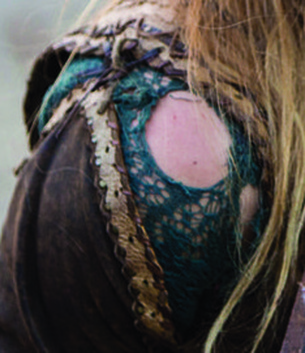 Personally, I tend to stay away from teals (yes, I have a teal aprondress, but it was fabric I already had that I needed to use, and I would not set out to purchase that color for this type of garb). Despite that, I do not think this color is completely unrealistic, as this could feasibly be achieved with woad overdyed with weld. As for what would I have done? If I wanted her in leather I think I would have gone with a tunic rather than this more feminine cut garment (I know, it is so not Hollywood to even consider that). The under tunic would have been a wool (without a lacy pattern, lol). And the color would have been something more common or just undyed (after all there were many shades of wool available and it could have been a lovely brown or grey rather than white). Personally, I would you wear an expensive/hard-to-produce (and therefor rare) color into battle? |
| I can find a bit more right about this one than the previous costume. The colors, to start with, are nice and very achievable with indigo or woad dyes. I also love the herringbone stitching on the border of the cloak. There are extant examples of that stitch so it is a lovely touch. Aesthetically, the mottled coloring of the cloak works for me, but I do not envision that as something often practiced in period. Perhaps something done by a novice dyer would look that way, but I have an idea that this is a highborn lady and likely fabric would be excellently crafted. Is this supposed to be felted? I think a heavy weave would have been prettier and more suitable. I am not sure if the decorations applied to it are supposed to be unspun silk (something that was used in embroidery in other parts of the world, though I cannot think of a reference for it in the Viking area/era) or wool. There were shaggy wool cloaks in period ( http://www.medievaltextiles.org/gallery/abarria2002.gif ), but even then, it was the whole cloak and not just a decorative element. | Now, I would not suggest these design elements would never happen, but I will say, it actually does not make sense to me. The top of it makes it appear to be jewelry (pins or brooches of some sort), but the locks of whatever below that are clearly stitched down. Ok, let us talk about the underdress now. Again, the color is very nice. The fabric appears to be either silk, or something pretending to be silk, based on the drape of the sleeve, the slightly crepey texture, and the sheen. Strips of silk are not uncommon in Viking finds, but they tend to be heavier than this appears and they are applied as decoration (trim) or small accessories such as caps (such as the Coppergate cap), rather than used as whole garments. I would have considered a fine linen or even a very fine wool for this dress, with either being functional choice that can drape well. Linen can have a lovely sheen if the weave is fine and the fabric mangled (smoothed as with a glass smoothing stone and whalebone board). The sleeves are pleated which is not my preferred way to recreate something like this, but there examples of pleats in extant garments as you can see here: http://urd.priv.no/viking/smokkr.html The item that truly baffles me, however, is the neck line. I am not even going to theorize on that. I will say, however, that instead of that that bizarre arrangement, I would have opted for embroidery at the neck. Above is a photo of extant Viking era embroidery from the book Viking Artefaks. Elaborate, and real, and could have been embroidered with silk for the shiny effect they are getting from the locks of silk/wool used in this costume. |

In the episode last night, one of the characters was teaching her daughter to weave on a warp-weighted loom. That was the type of thing I was hoping to see a bit more of in this series.
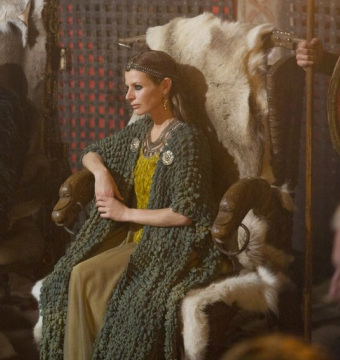
Honestly, I do not even know what I would do to make this one better....
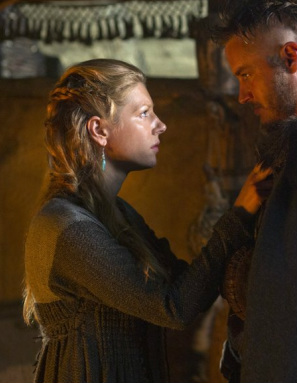
I actually think I saw something a bit similar to this on someone at an SCA event one time. She was doing Russian or Slavic, if memory serves, but I would not swear to it as it was many years ago. Regardless, I could maybe see this one as feasible, even if I have not seen something in my research that would cause me to come up with this design.
ETA - Ffride on one of the Viking forums just pointed out the following source - http://web.comhem.se/~u41200125/Uvdal31.html and that is what I was thinking of when I said I thought I saw something like this before.
| As for these.... well, I can live happily with the underdresses and the colors are certainly appropriate. As for the layer on top, loose flapp bits are just not practical to me. Even had the show gone with the rectangular panel style theory for the aprondresses (one narrow panel in the front, one in the back, held with straps, brooches and likely belted at the waist) it would have made sense a bit more sense. Actually, I will be honest, I think these are not out of the realm of possible, but I do find them both impractical and visually unappealing. |
| And it is very sad that what I see as the nicest piece of garb was only on the screen for a mere moment last night! A dark red apron dress (it even has some sort of diamond pattern to it, even if the pattern itself is too large for my taste) with a natural shift with what appears to be some sort of heavy stitching over the seams. This works for me. I do wish she had tortoise brooches, but I can still at least enjoy this interpretation of Viking era attire. (Images from The Vikings are from http://photos.redeyechicago.com/redeye-vikings-on-history-channel-early-photos-20130109/ ) | Of course, despite my critique, I will be watching the next episode. The show was, as I mentioned from the start, entertaining. ;-) |
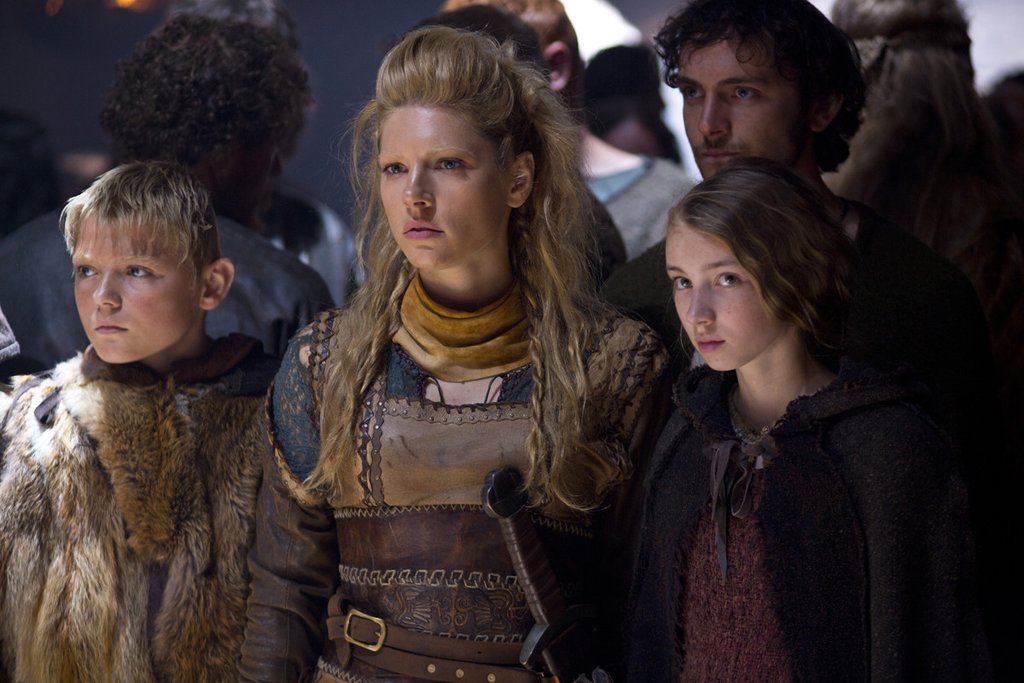
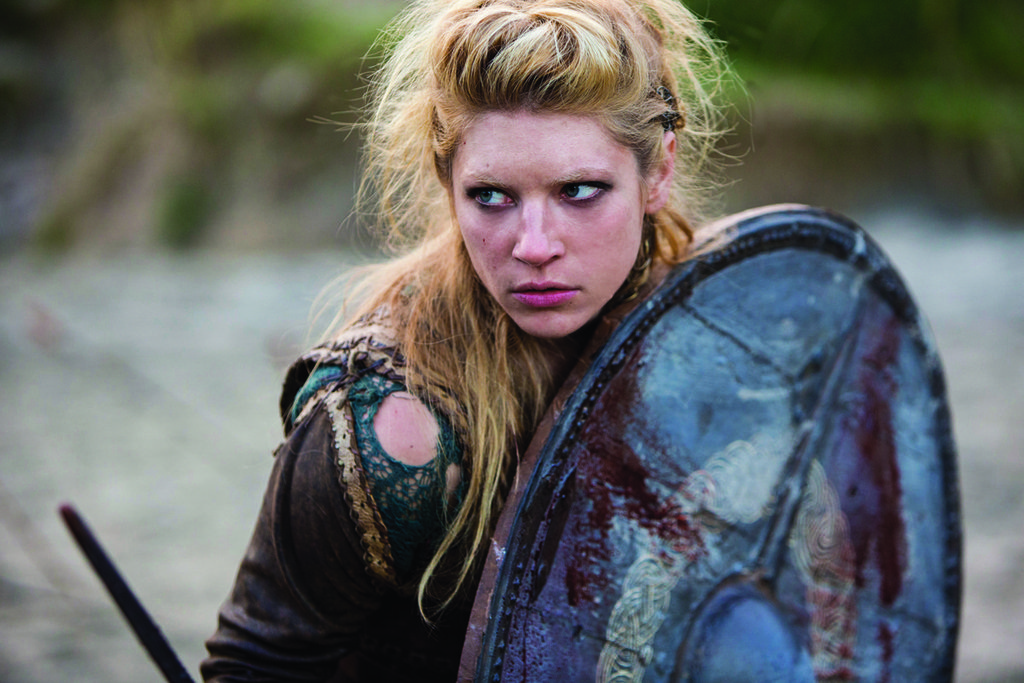
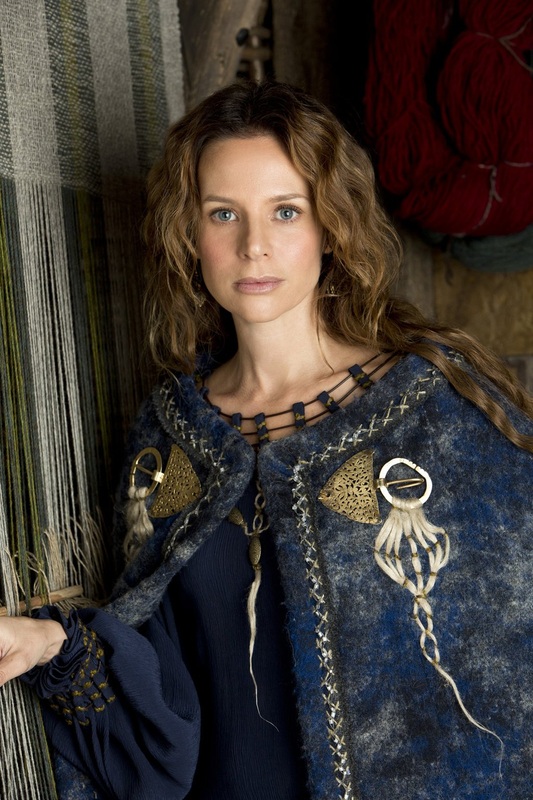
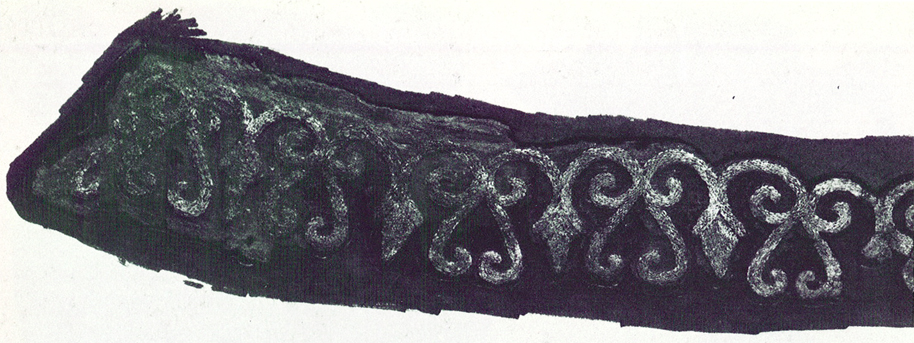
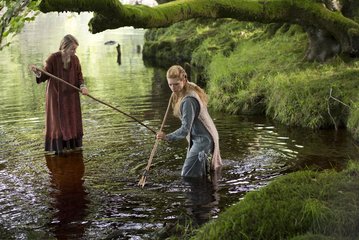
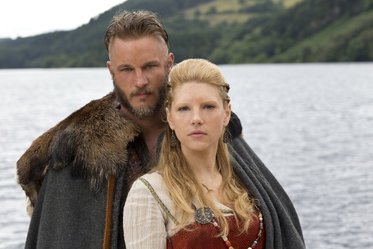
 RSS Feed
RSS Feed